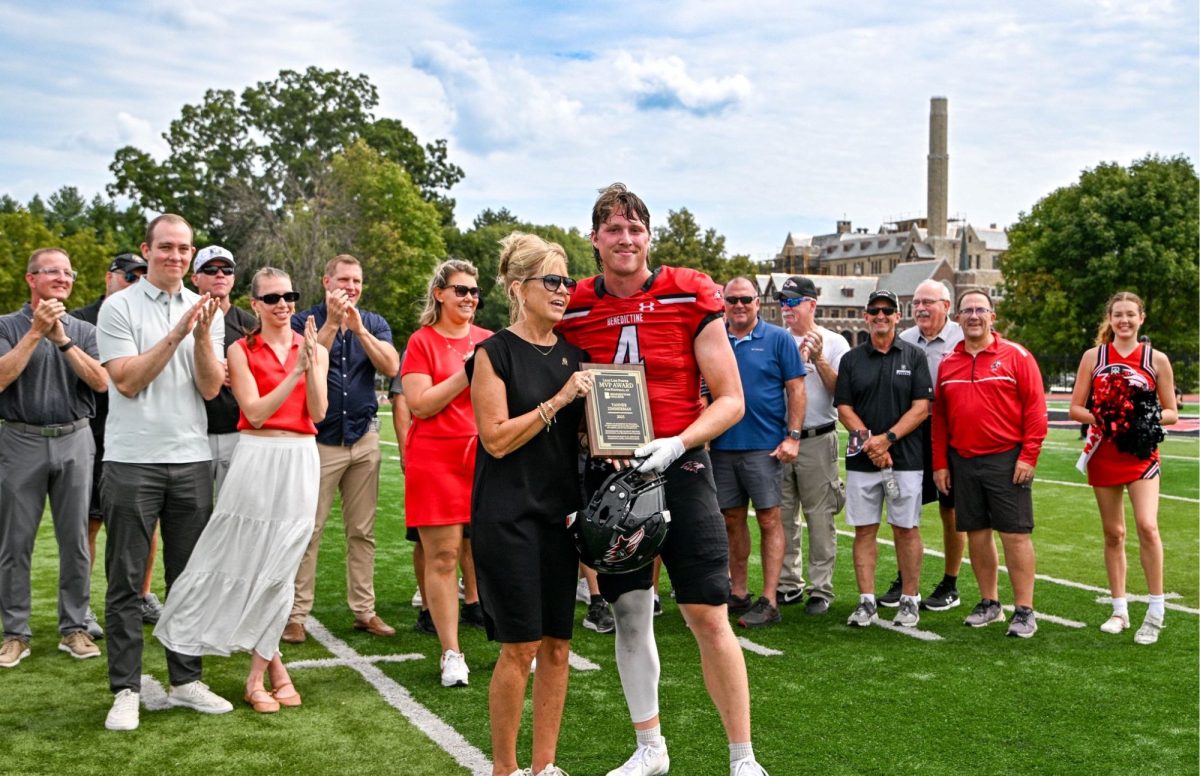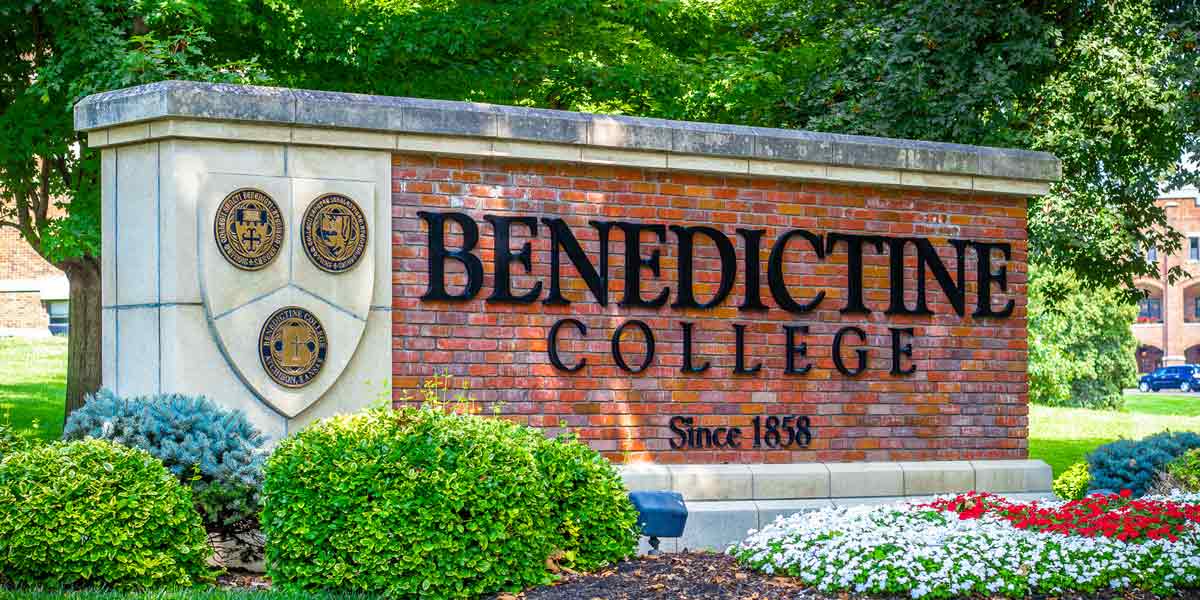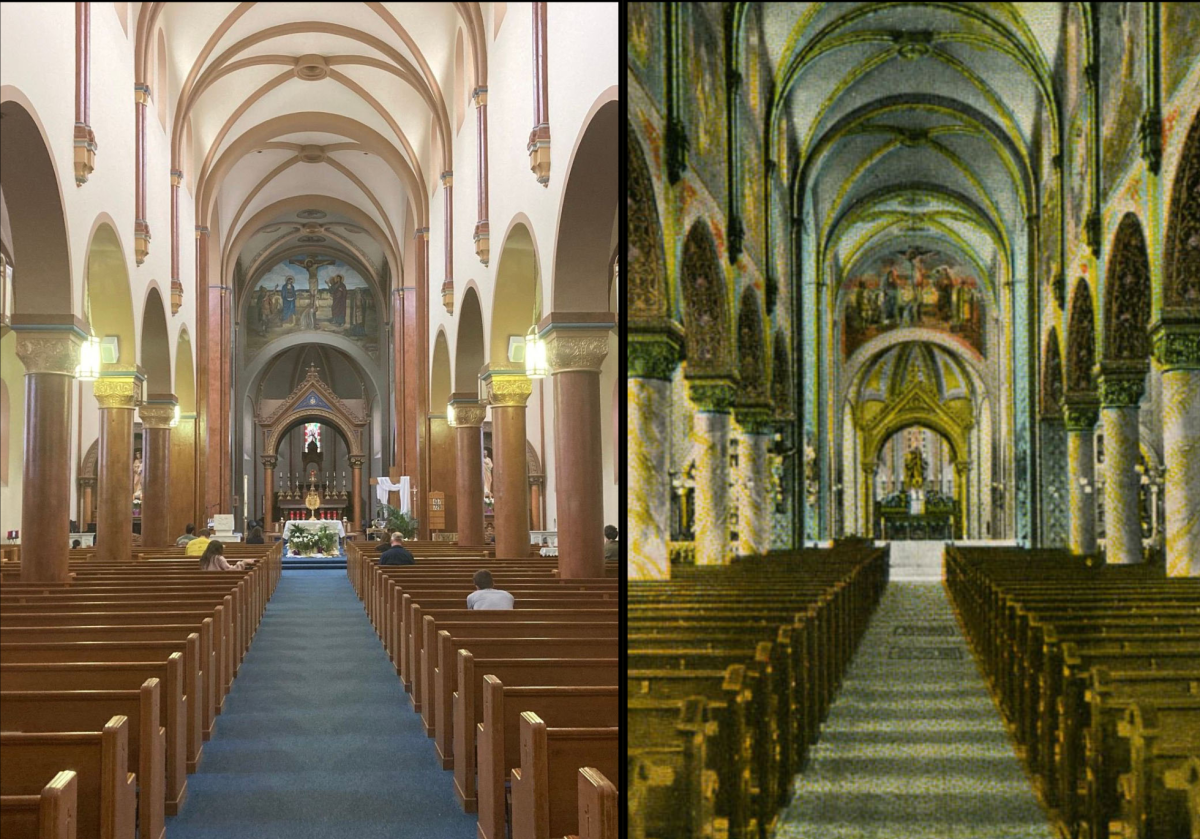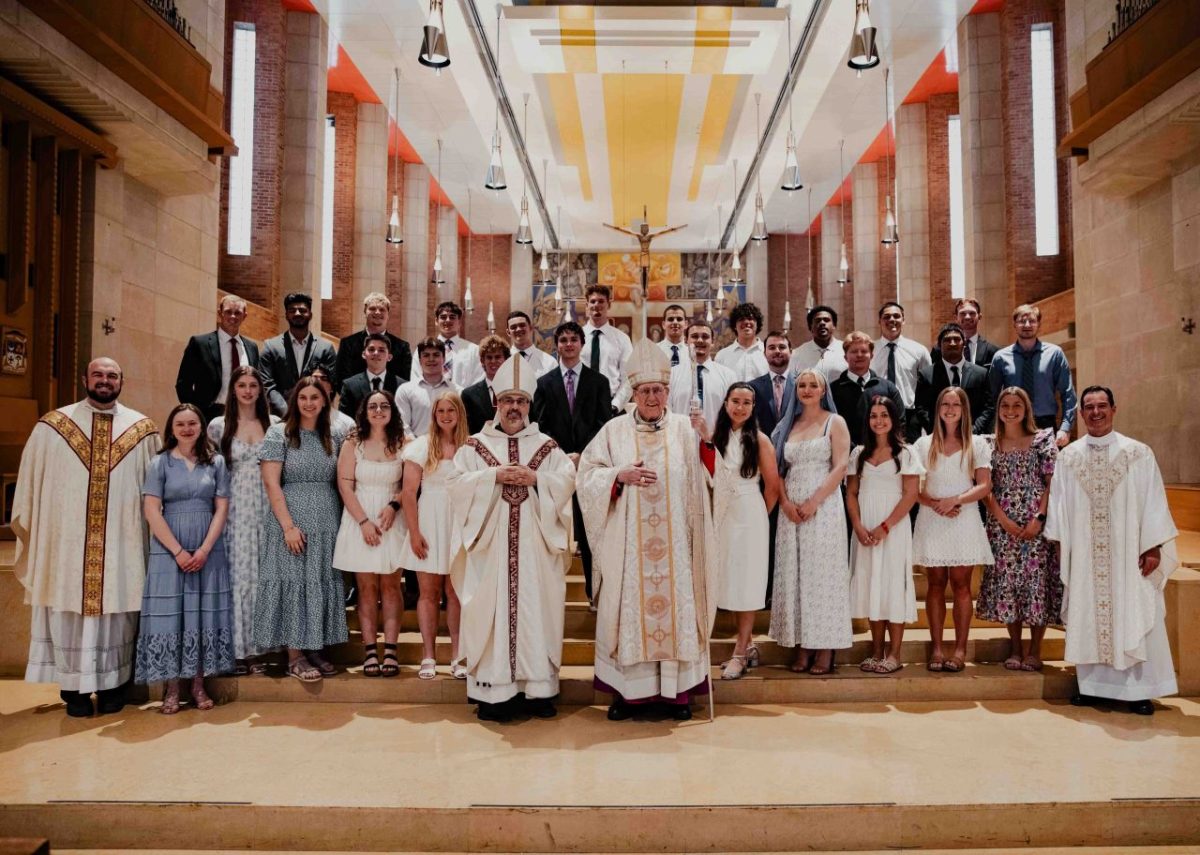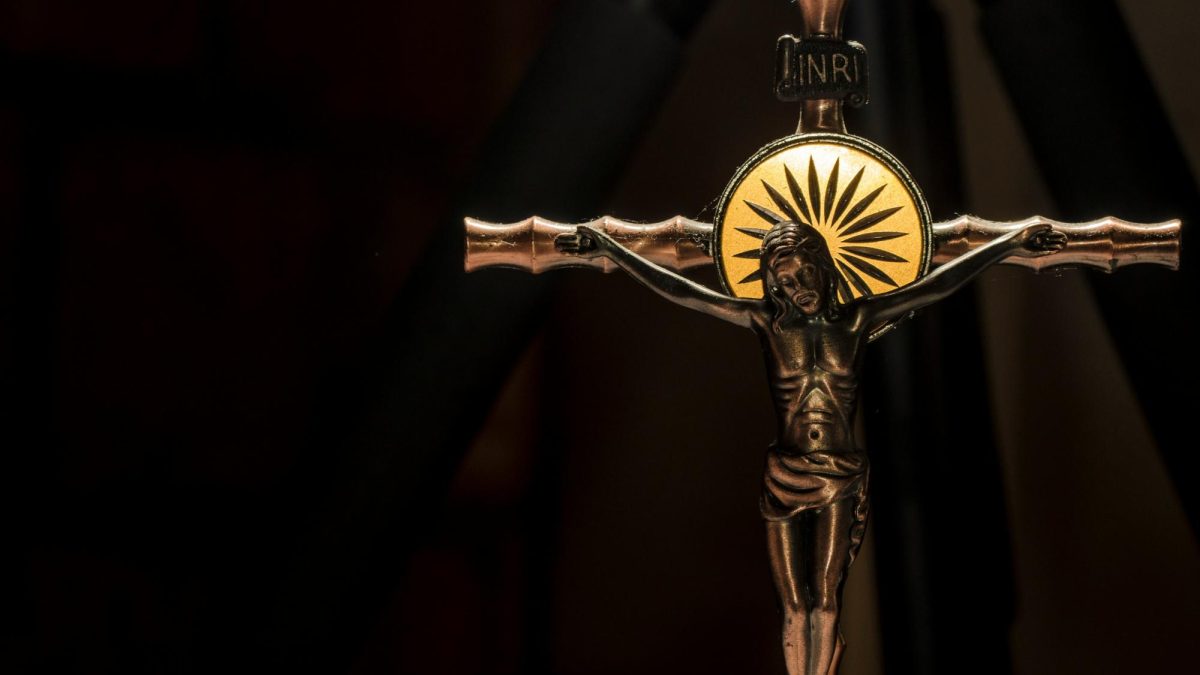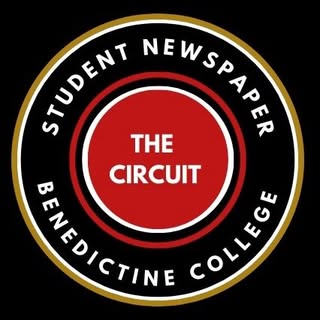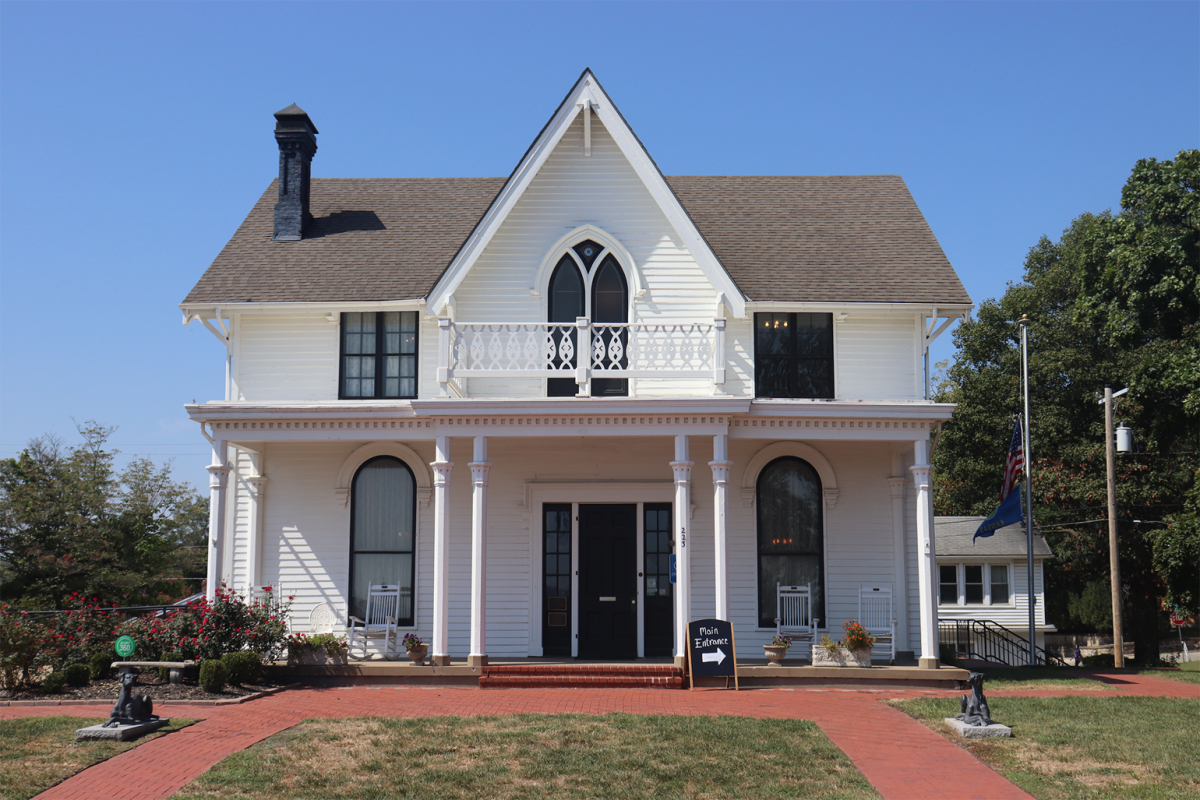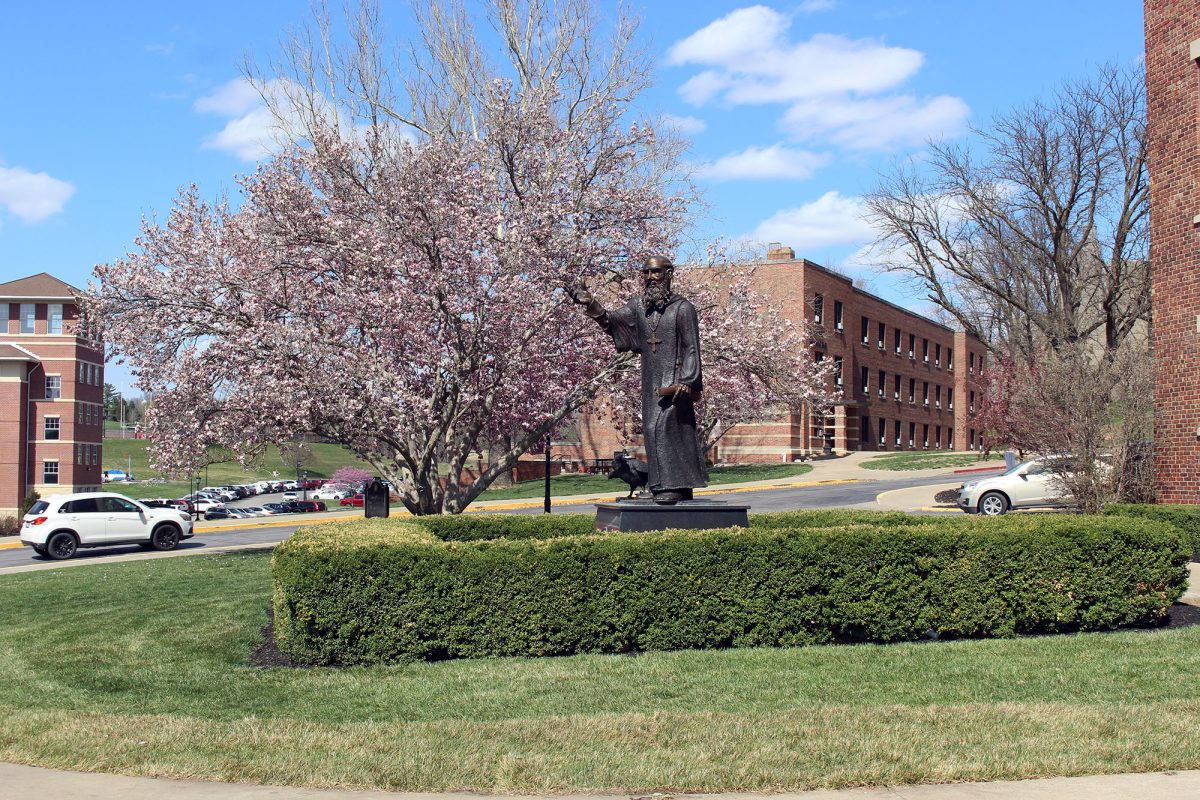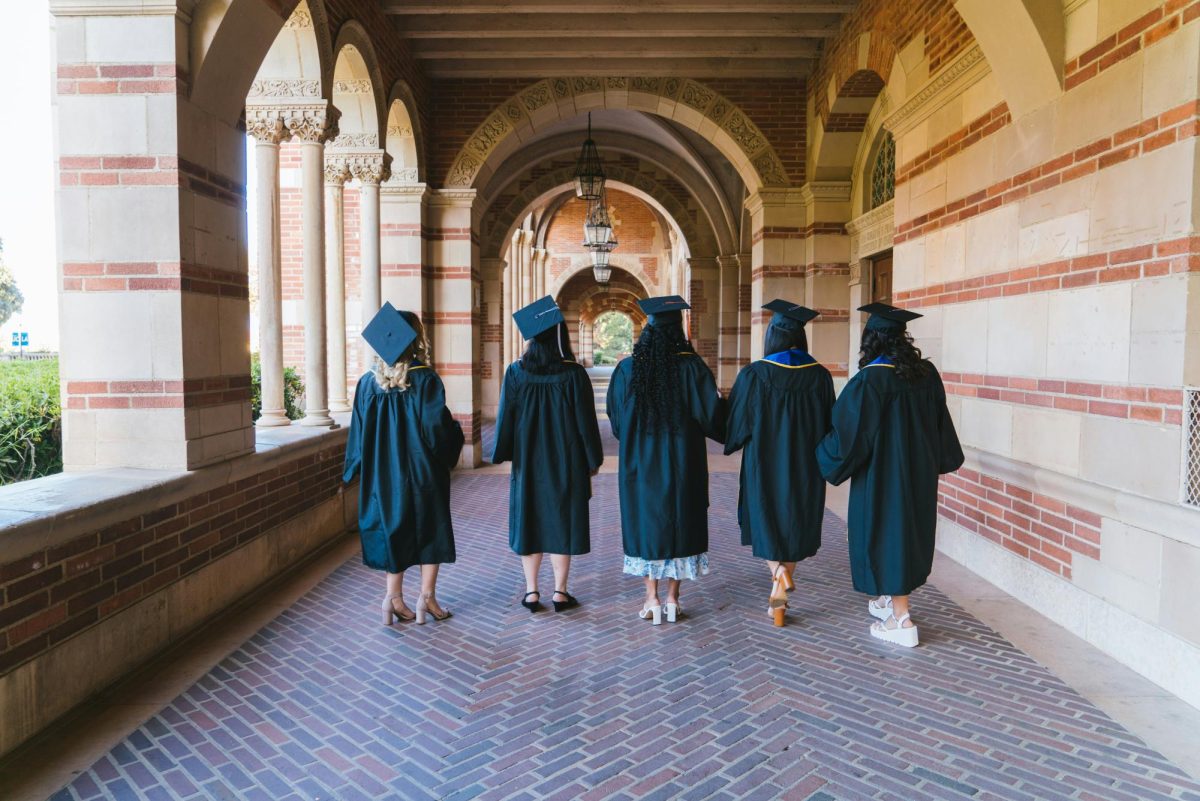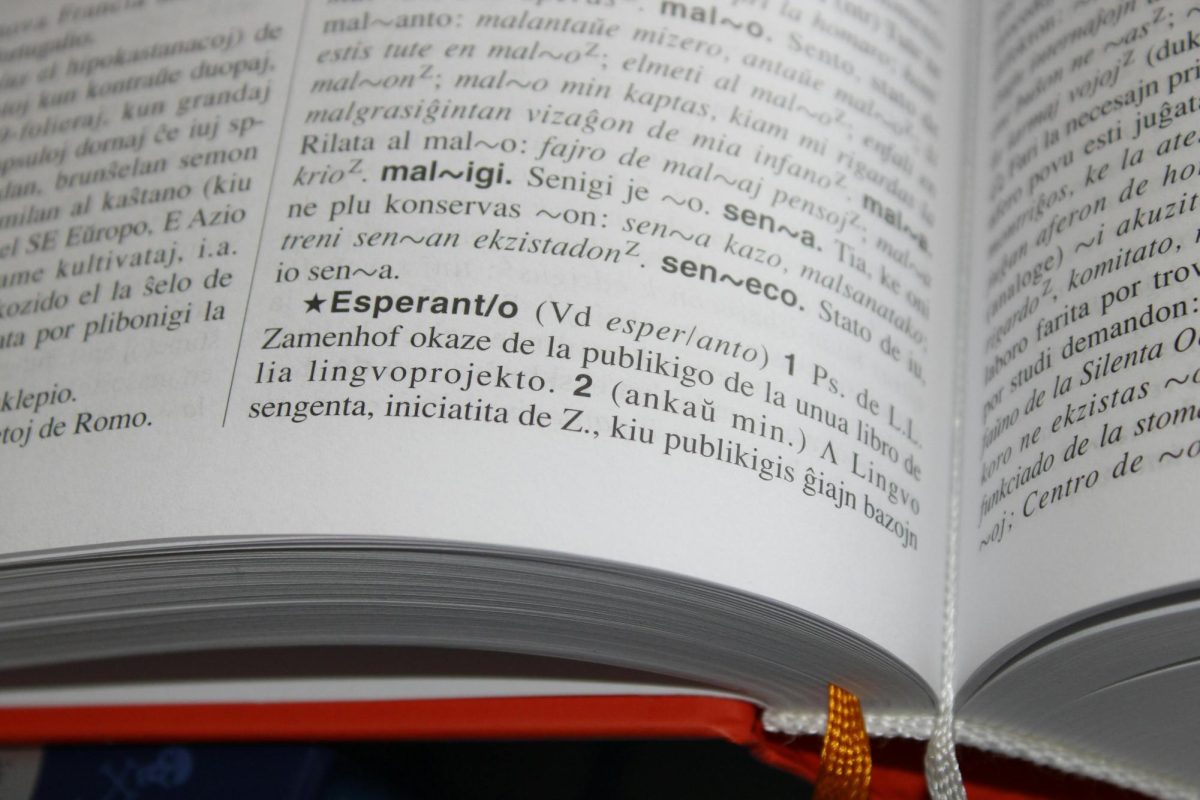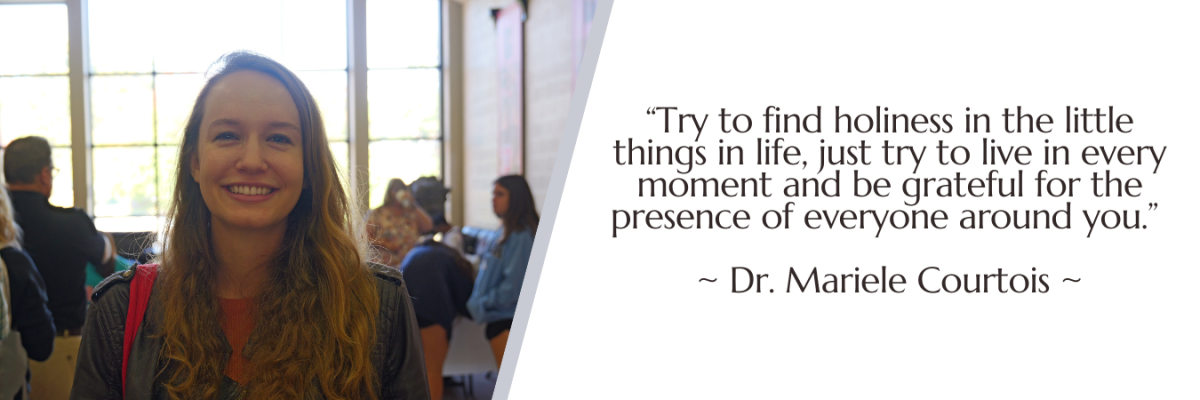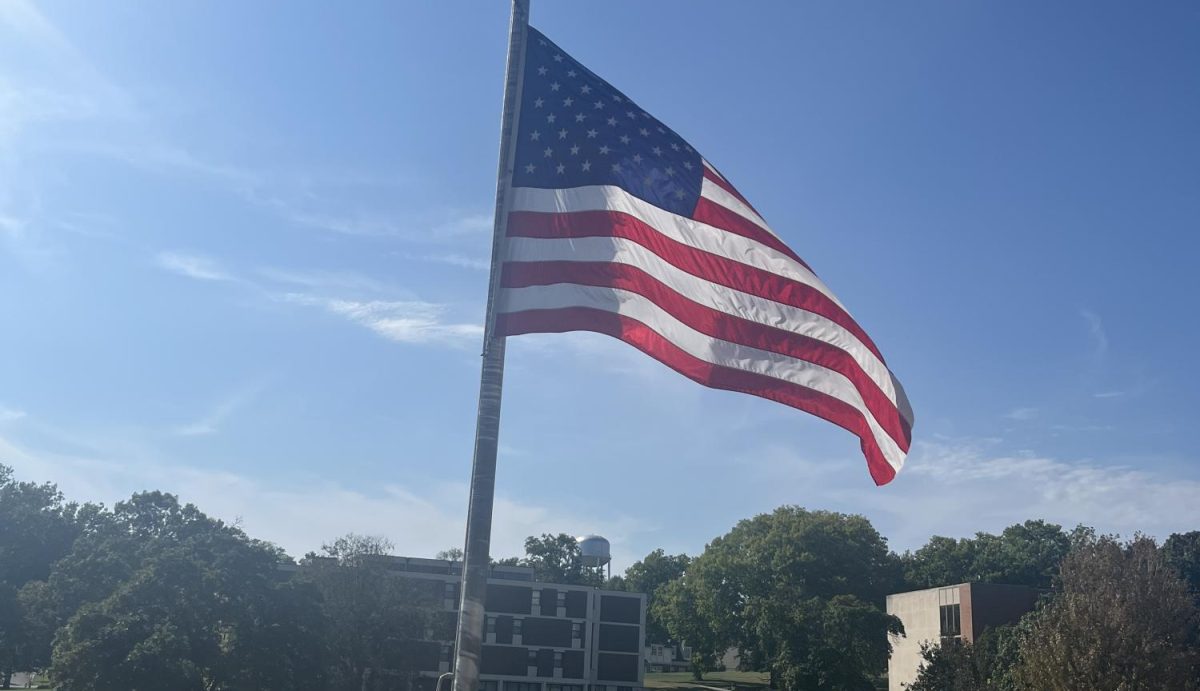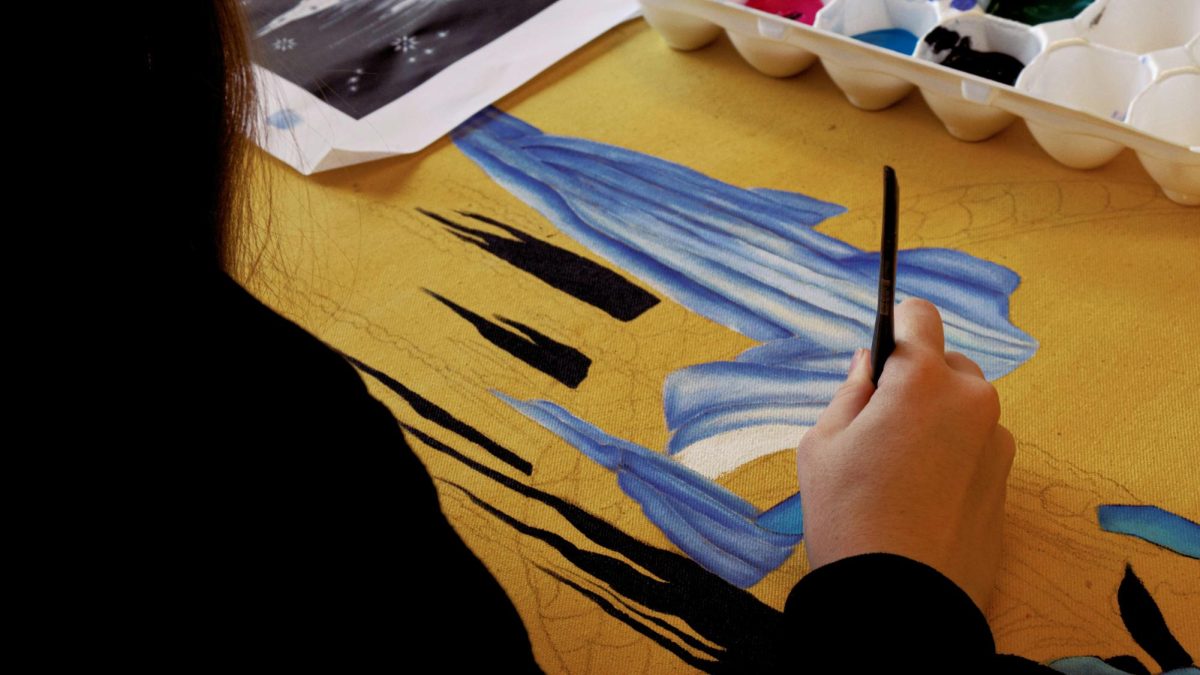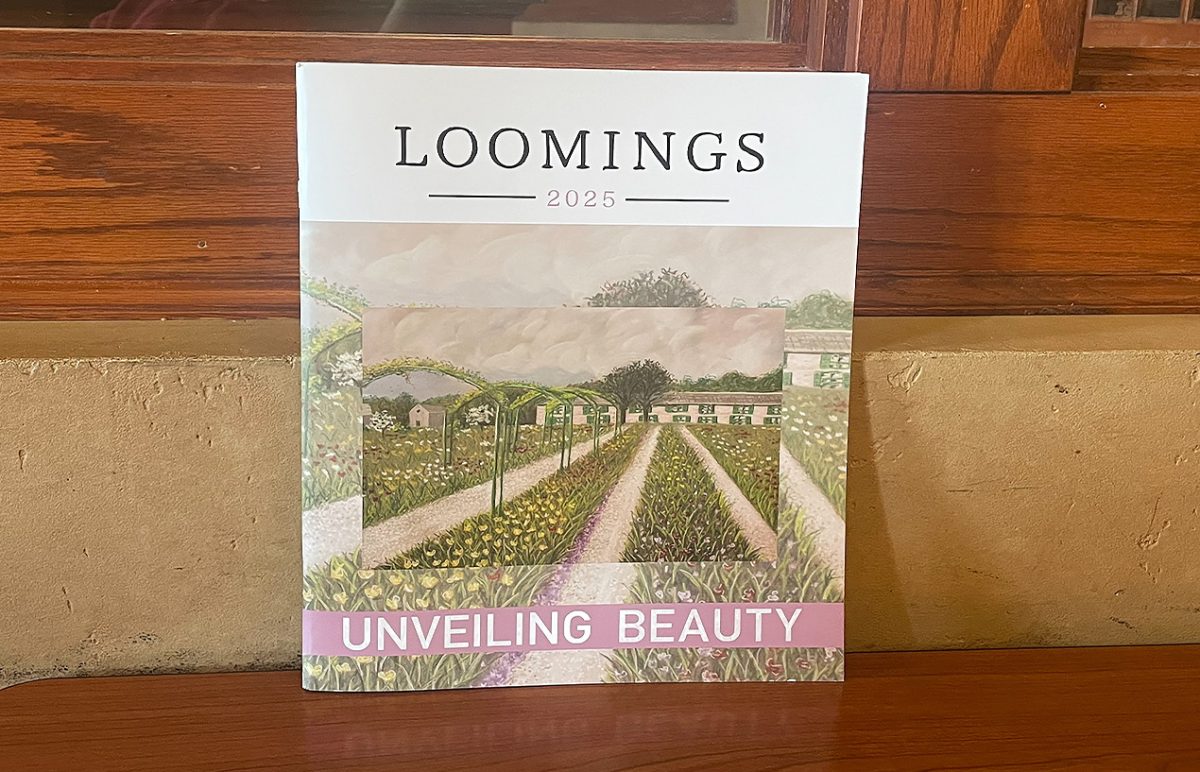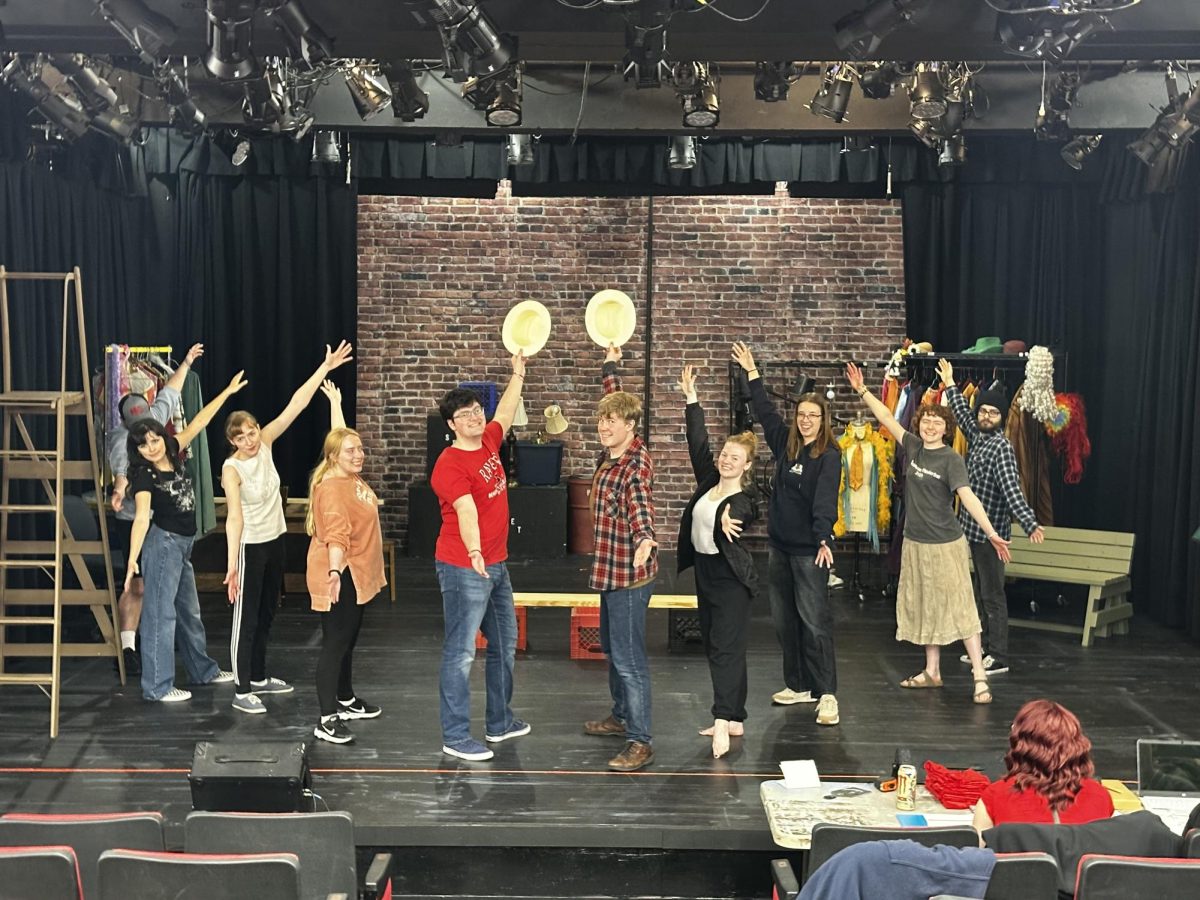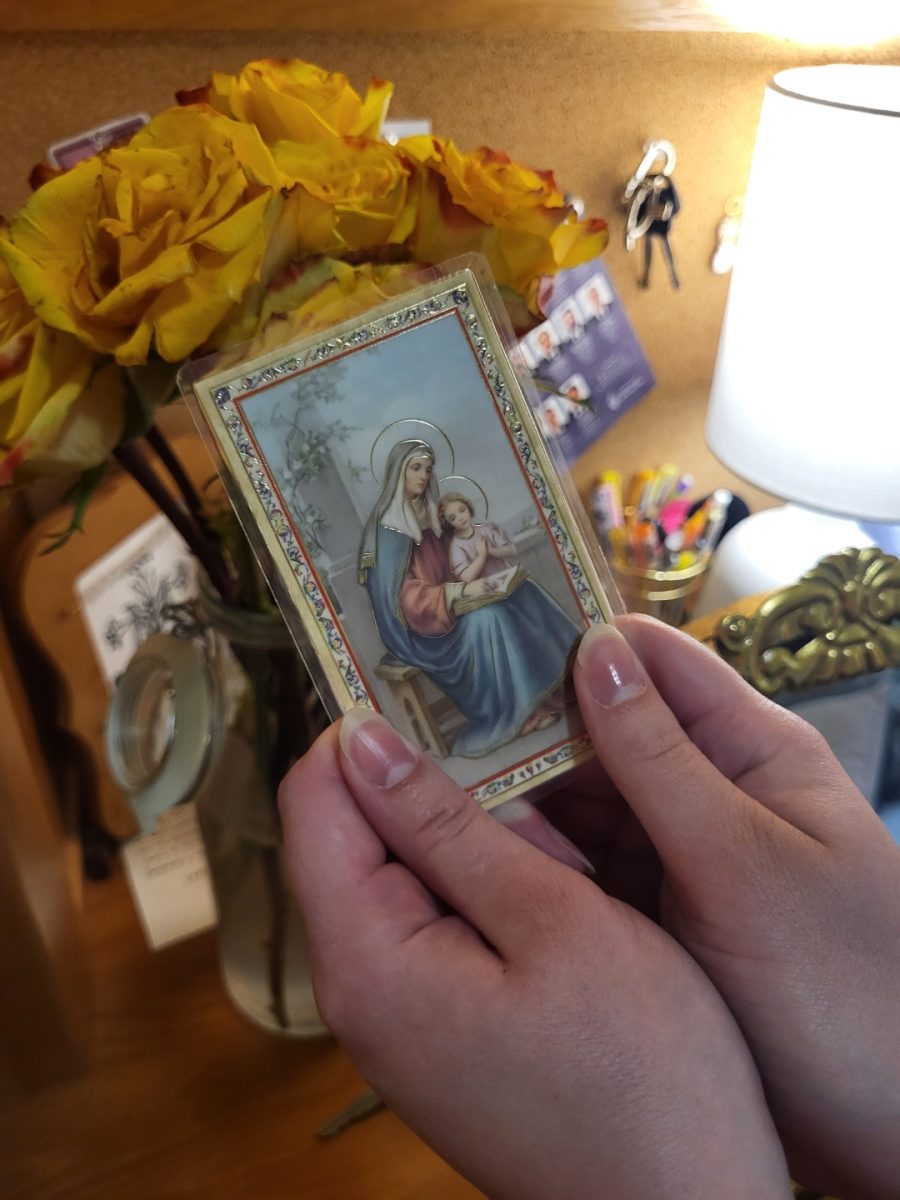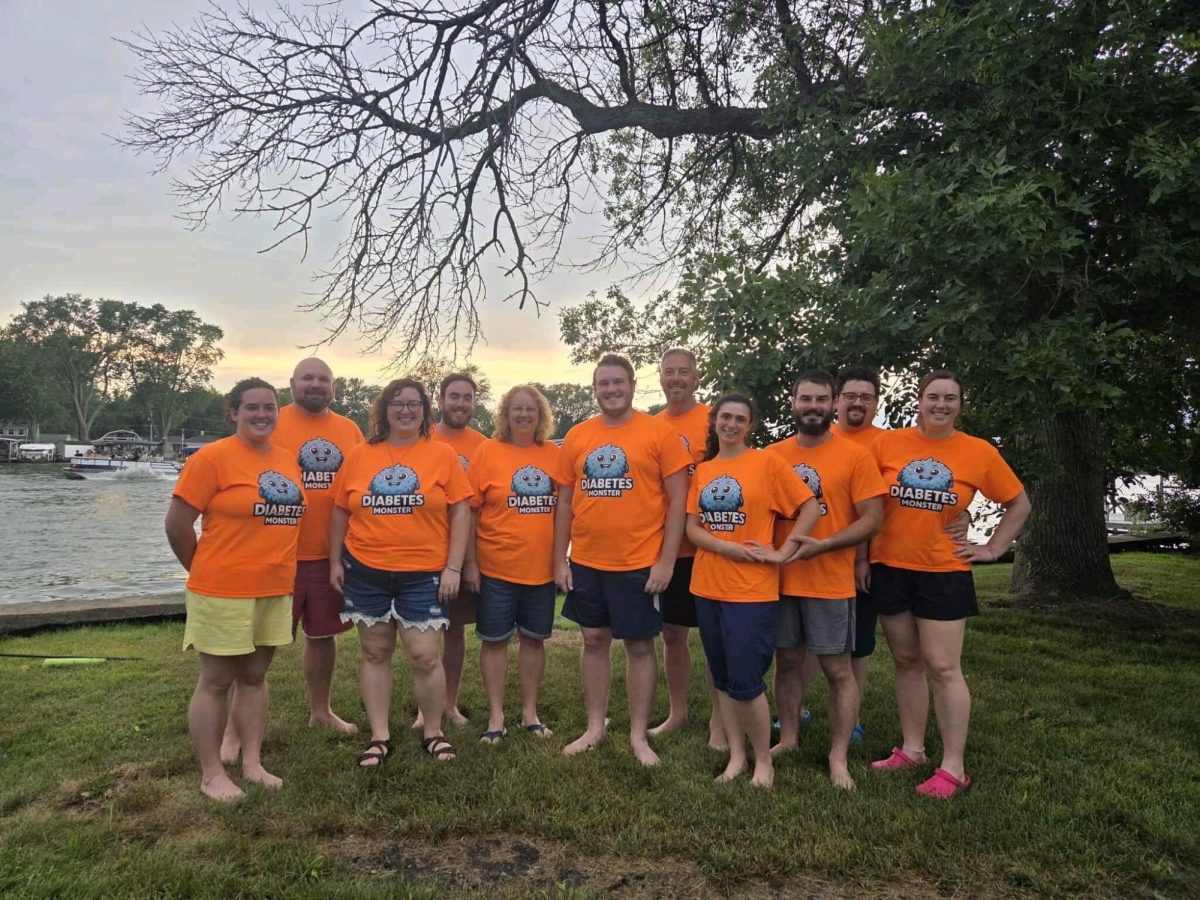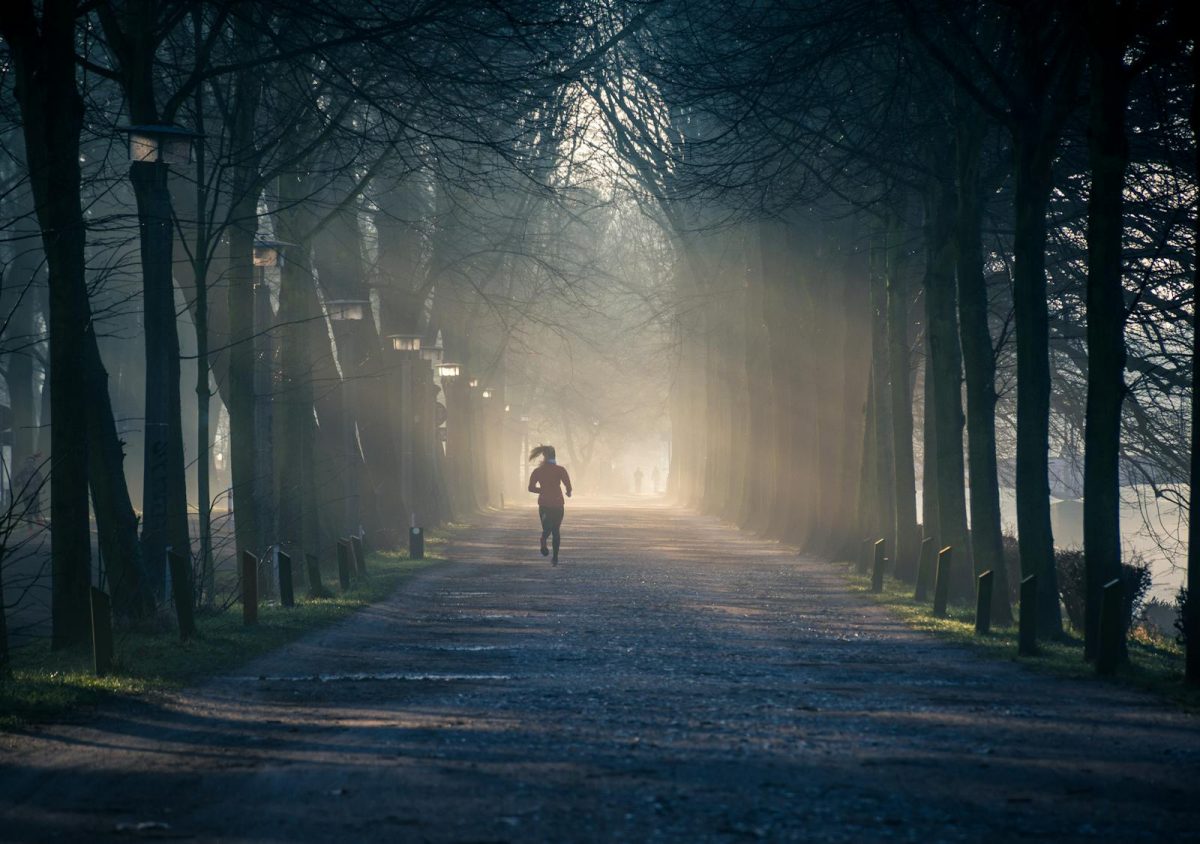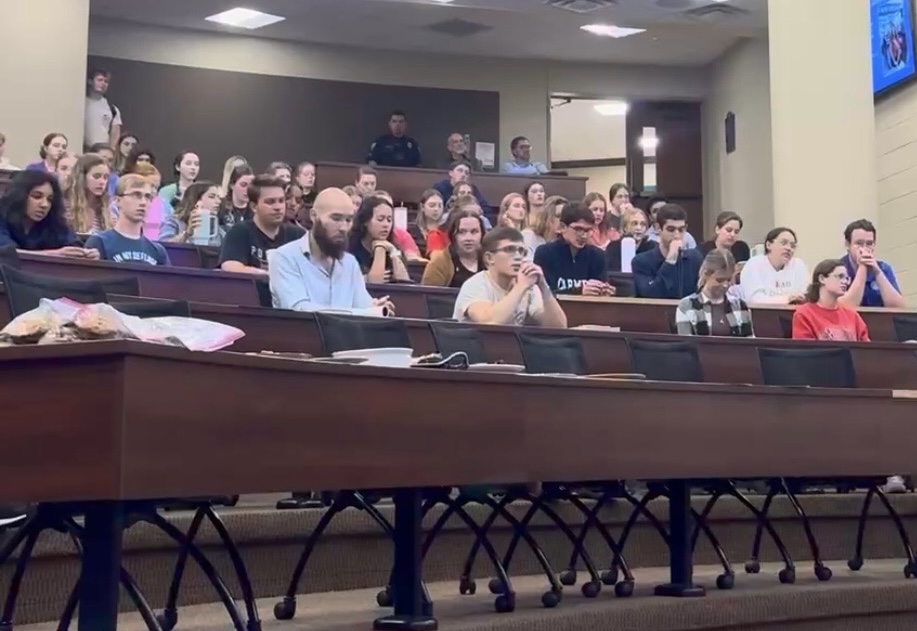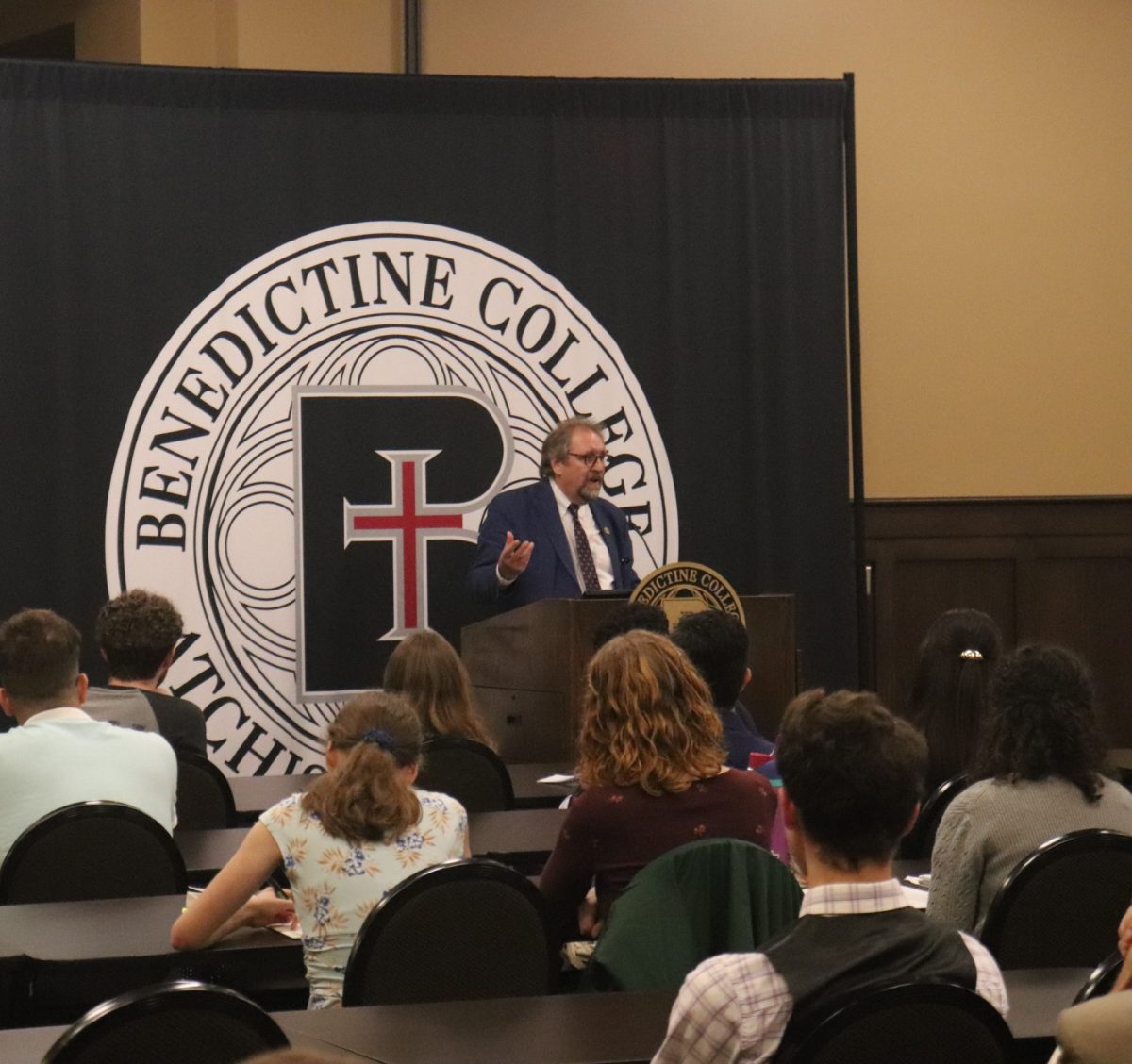Dale Ahlquist, co-founder of the first Chesterton Academy and president of the Society of Gilbert Keith Chesterton, spoke at Benedictine College to an audience of students and faculty in the McAllister Board Room of Ferrel Academic Center on September 23.
Dale drew from the talk’s title “Entrepreneurship in the Humanities: The Creativity Needed to Build Something New,” and discussed what drove him to create the first Chesterton Academy and the creativity that it took to launch and sustain these schools.
Ahlquist said, “the very definition of education is that it’s true in the state of transmission. It is passing the truth from one generation to the next.”
Ahlquist outlined three reasons why he acted on what he saw as a need for starting the Chesterton Academy. The first was that “the public schools are in such bad shape,” the second was that “Catholic schools are in bad shape” as they have “been imitating the public schools” and the third reason is that “the parents are in bad shape” after having been educated by the public and Catholic schools.
His reasoning goes back to G.K. Chesterton who explained in 1910 that the reason the public schools are in such bad shape is because “It ought to be the oldest things that are taught to our students. Instead, we are teaching the latest things. We’re teaching the newest idea, and the newest trend, and the newest fashion. He said “the problem with the schools today is that the students are exposed, educational philosophies that are younger than they are.”
In contrast, the Chesterton school model draws from classical traditions, is integrated in the mystery of the incarnation and is aimed at forming the person.
“Our goal is to take care of the souls of our children,” Ahlquist said.
Chesterton schools have several requirements for students including daily Mass, four years of art and musical training and four years of a foreign language with a minimum of two years of Latin.
The Chesterton model fosters a student’s knowledge and perspective on beauty, giving them ample opportunities to study what is beautiful and create.
More broadly, Ahlquist spoke of how the modern world is lacking beauty simply because we do not love the modern world. “If you love something, you’ll make it beautiful,” he said.
Chesterton schools have increased in popularity over time and COVID saw a large increase in the establishment of Chesterton Academies after parents saw what their children were learning, Ahlquist said.
With expansion also came difficulty as more and more people noticed the Chestertons.
Annaliese Sommer, a junior English major who attended the talk said she learned about the creativity that it took to uphold the mission of the Chestertons.
“I already knew how Chesterton worked, cause I went for 10th grade. But I learned about how he found a way to work around the system in a productive way.”
One aspect that Sommer highlighted was how Ahlquist worked “with the bishop, having discussions, figuring out, like, what rules should be there for their particular school, like, going outside of the box.” This was done while “still following like the good rules, obviously. So there’s like a standard that they’re holding themselves to. But still finding a way to be creative.”
Sommer also said “we just need more creativity right now.”
The Chesterton Schools Network has grown to include over 70 schools in the U.S. and nine additional countries.
